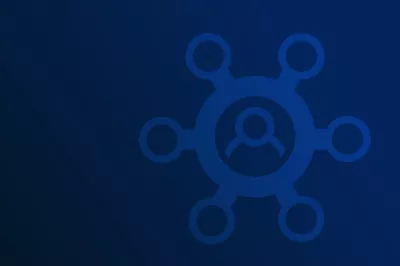Why is Segregation of Duties important?
A Segregation of Duties conflict can arise, for example, if a user has too many rights in an SAP system - this happens frequently but can cause greater costs for the company.
An example would be an employee in accounting who can manage customer and supplier data as well as oversee the creation and payment of invoices. Theoretically, this employee could create a fictitious supplier and instruct them to pay for invoices they have created themselves.
To minimize the risk that this behavior is possible at all, and to prevent suspicion from arising in the first place, the tasks and duties described here are distributed among several people (segregation). The management of authorizations should always be organized in such a way that compliance guidelines are observed.
Segregation of Duties also plays a role in separating, for example, warehousing, ordering, and control over the company's stock (inventory) of materials or products - again, to avoid errors and misuse of assigned authorizations.
Resources Learn more about our solutions, us, and how we can help you.
Support Get help with our products and solutions.






